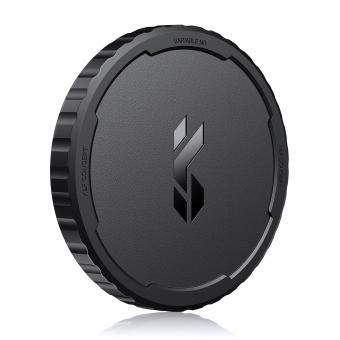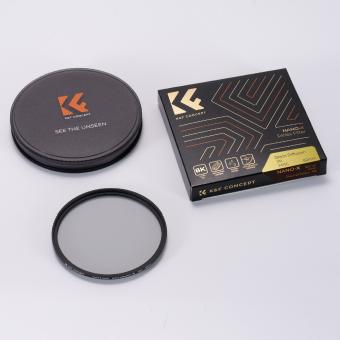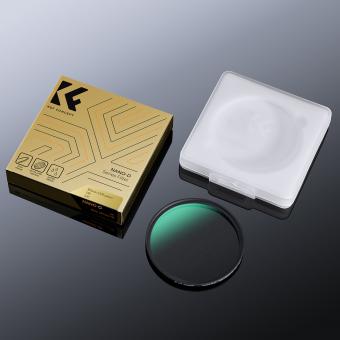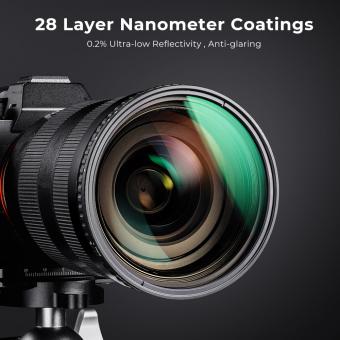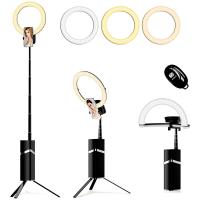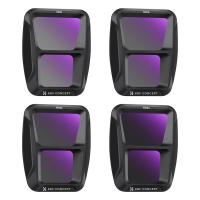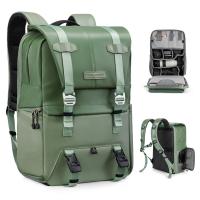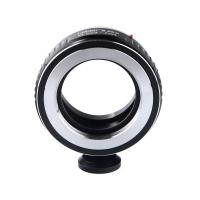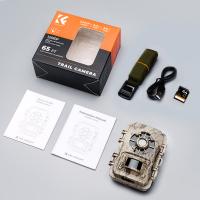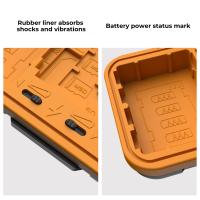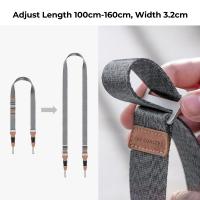What Nd Filters Should I Get ?
The choice of ND filters depends on your specific needs and preferences. It is recommended to have a range of ND filters with different strengths, such as ND2, ND4, ND8, or ND16, to provide flexibility in controlling the amount of light entering the camera. Additionally, consider factors like the size of your lens filter thread and the quality of the filters.
1、 Types of ND filters and their uses in photography.
Types of ND filters and their uses in photography
When it comes to photography, ND (Neutral Density) filters are essential tools that every photographer should consider adding to their kit. ND filters are designed to reduce the amount of light entering the camera without affecting the color or contrast of the image. This allows photographers to have more control over exposure and opens up creative possibilities in various shooting conditions.
There are different types of ND filters available, each with its own specific uses:
1. Solid ND filters: These filters have a consistent density throughout the entire filter, reducing the amount of light evenly across the frame. They are commonly used in landscape photography to achieve longer exposures, creating smooth water effects or capturing movement in clouds.
2. Graduated ND filters: These filters have a gradient density, with one half being darker than the other. They are ideal for balancing exposure in scenes with a significant difference in brightness between the sky and the foreground. By placing the darker portion over the brighter area, such as the sky, the filter helps to even out the exposure.
3. Variable ND filters: These filters offer adjustable density, allowing photographers to control the amount of light reduction by rotating the filter. They are versatile and convenient, particularly for situations where the lighting conditions may change quickly, such as shooting outdoors during the golden hour.
4. Reverse ND filters: These filters have a darker portion in the center, gradually becoming lighter towards the edges. They are specifically designed for capturing sunrises or sunsets, where the brightest part of the scene is near the horizon. The reverse ND filter helps to balance the exposure and prevent overexposure of the sky.
The choice of ND filters depends on the specific needs and shooting conditions of the photographer. It is recommended to invest in high-quality filters to maintain image quality and avoid any unwanted color casts or loss of sharpness. Additionally, considering the filter size that fits your lenses is crucial.
In recent years, advancements in technology have led to the development of more innovative ND filters, such as magnetic filters that attach directly to the lens without the need for a filter holder system. These filters offer convenience and ease of use, particularly for photographers on the go.
In conclusion, ND filters are valuable tools for photographers, allowing them to have greater control over exposure and unleash their creativity. Understanding the different types of ND filters and their specific uses can help photographers make informed decisions about which filters to invest in, ultimately enhancing their photography skills and expanding their artistic possibilities.
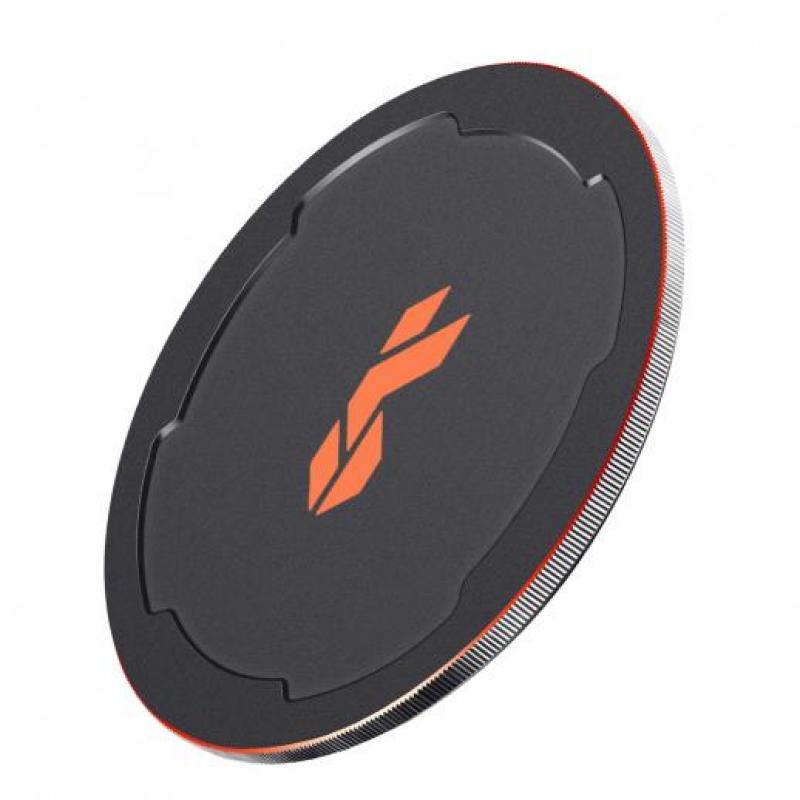
2、 Factors to consider when choosing the right ND filter.
Factors to consider when choosing the right ND filter:
1. Filter Strength: ND filters come in different strengths, usually measured in stops. The strength you choose depends on the amount of light reduction you require. Common strengths include ND2 (1-stop reduction), ND4 (2-stop reduction), and ND8 (3-stop reduction). However, there are also stronger filters available, such as ND16 or ND32, which are useful for extremely bright conditions.
2. Filter Type: ND filters are available in various types, including screw-on filters, square filters, and variable ND filters. Screw-on filters are the most common and convenient option, as they easily attach to the front of your lens. Square filters require a filter holder system but offer more flexibility in terms of stacking filters and adjusting the position of the filter. Variable ND filters provide adjustable light reduction by rotating the filter, but they can sometimes introduce color casts or image quality issues.
3. Filter Size: Ensure that the ND filter you choose matches the diameter of your lens. Most lenses have the filter size indicated on the front, or you can refer to the lens specifications. It's also worth considering whether you want to use the same filter across multiple lenses, in which case a larger filter size with step-up rings may be more practical.
4. Image Quality: The quality of the ND filter is crucial to maintain the sharpness and color accuracy of your images. Look for filters made from high-quality materials, such as multi-coated glass, to minimize reflections, flare, and color shifts. It's worth investing in reputable brands known for their optical quality.
5. Budget: ND filters can vary significantly in price, depending on the brand, quality, and type. Determine your budget and prioritize the factors that are most important to you, such as image quality or convenience. While it's tempting to opt for cheaper options, keep in mind that a low-quality filter may negatively impact your images.
6. Latest Point of View: With advancements in technology, some photographers are now opting for electronic ND filters that can be adjusted using a control dial. These filters offer precise control over the amount of light reduction and can be particularly useful for video work. However, they tend to be more expensive and may not be compatible with all camera systems.
Ultimately, the right ND filter for you depends on your specific needs and preferences. Consider the factors mentioned above, and don't hesitate to seek recommendations from experienced photographers or try out different filters to find the one that suits your style of photography.
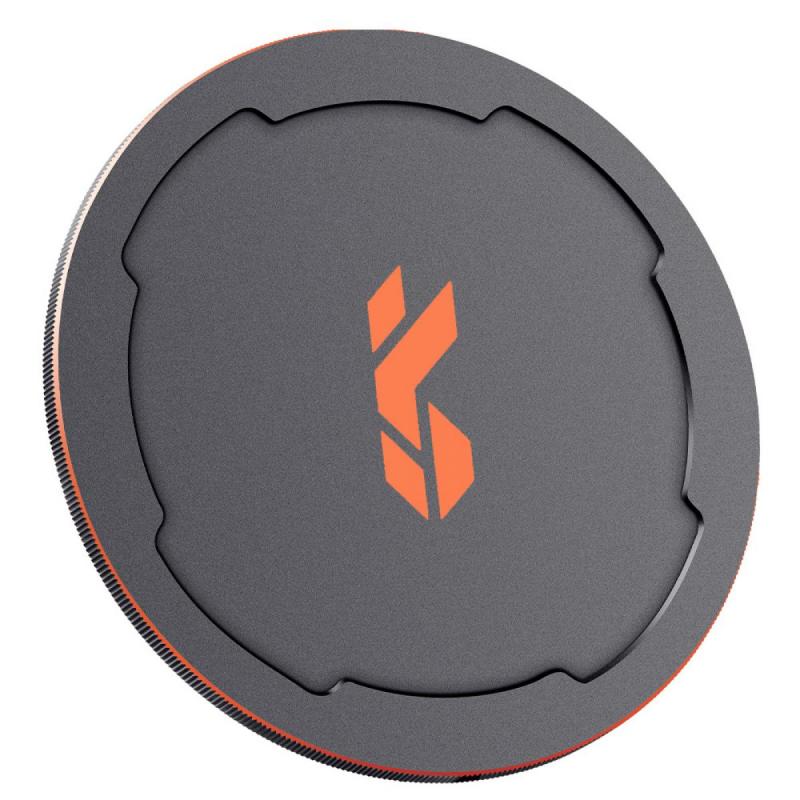
3、 Recommended ND filter strengths for different lighting conditions.
Recommended ND filter strengths for different lighting conditions can vary depending on the specific situation and desired effect. ND filters, or neutral density filters, are used to reduce the amount of light entering the camera lens without affecting the color or contrast of the image. They are commonly used in situations where there is too much light, such as bright sunlight or when shooting long exposures.
For bright sunlight conditions, a popular choice is an ND8 filter, which reduces the light by three stops. This is suitable for situations where the light is intense but not overly bright. However, if you are shooting in extremely bright conditions, such as snow or beach scenes, you may need a stronger filter like an ND16 or even an ND32, which reduce the light by four and five stops respectively.
In situations where you want to create motion blur effects, such as capturing the movement of water or clouds, a stronger ND filter is recommended. An ND64 or ND1000 filter, which reduce the light by six and ten stops respectively, can be used to achieve longer exposure times and create the desired effect.
It's important to note that the specific filter strength needed can also depend on the camera settings and the desired outcome. Additionally, the latest point of view may include advancements in filter technology, such as variable ND filters that allow you to adjust the strength of the filter by rotating it.
Ultimately, the choice of ND filter strength will depend on the specific lighting conditions, desired effect, and personal preference. It's recommended to have a range of ND filters in your kit to accommodate different shooting scenarios.
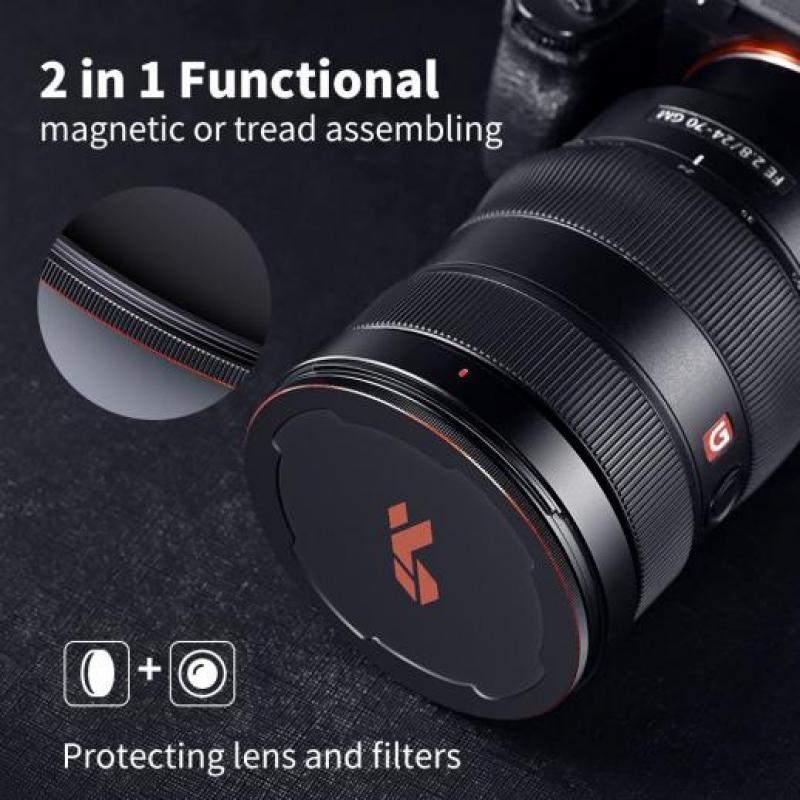
4、 Popular ND filter brands and their features.
Popular ND filter brands and their features:
When it comes to choosing ND filters, there are several reputable brands that offer high-quality options. The right choice depends on your specific needs and budget. Here are some popular ND filter brands and their features:
1. B+W: Known for their exceptional optical quality, B+W filters are made with high-quality glass and feature multi-resistant coatings to reduce reflections and flare. They offer a wide range of ND filters with different densities to suit various lighting conditions.
2. Hoya: Hoya filters are known for their affordability and good optical performance. They offer a range of ND filters with different densities and coatings. Their ProND filters are particularly popular, providing consistent color neutrality and excellent light transmission.
3. Tiffen: Tiffen filters are widely used in the film industry and are known for their durability and optical quality. They offer a range of ND filters, including their popular Variable ND filters, which allow you to adjust the density by rotating the filter.
4. Lee Filters: Lee Filters are renowned for their high-quality resin filters. Their ND filters provide excellent color accuracy and are available in various densities. Lee Filters also offer a range of filter holders and adapter rings for different lens sizes.
5. Formatt Hitech: Formatt Hitech filters are known for their exceptional color accuracy and neutrality. They offer a range of ND filters with different densities and sizes. Their Firecrest line is particularly popular, featuring a multicoating technology that reduces reflections and flare.
It's important to note that the latest point of view may vary depending on individual preferences and advancements in technology. It's always a good idea to read reviews and compare features before making a purchase to ensure you get the best ND filters for your specific needs.





